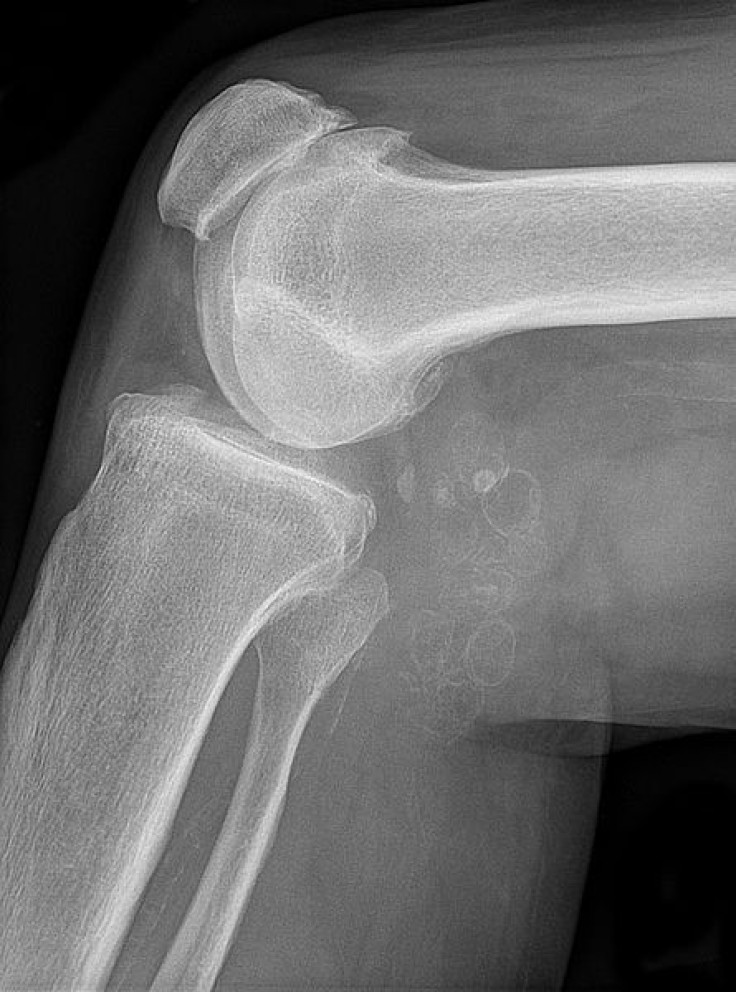Stem Cells of Fat Cells Can Repair Cartilage, Ease Arthritis Pain

Millions suffer from pain and loss of mobility due to osteoarthritis, which occurs when cartilage at the ends of the bone breaks down. There is no cure for arthritis, patients are given medicine that eases pain or are asked to lose weight to ease the stress on joints.
Stem cell researchers have been trying to find a way of re-growing cartilage tissue in the lab from the patients' fat cells. This approach would result in the body accepting the new tissue as its own, reducing any risk of rejection.
Stem cells can be grown into any kind of cells. The trick is to nudge them to grow into specific cells. Previous research has shown that stem cells can be grown to be a part of a damaged heart.
Cartilage is a type of connective tissue lining of joints throughout the body. However, since it is a tissue type that is poorly supplied by blood vessels, nerves and the lymphatic system, cartilage has limited capacity for repair after being damaged.
However, it isn't as easy as it sounds because stem cells derived from fat cells release proteins like vascular endothelial growth factor (VEGF) that are associated with the growth of new blood vessels. VEGF doesn't allow chondrocytes to grow and actually kill new cells. Chondrocytes are the cells that make up healthy cartilage.
To counter this problem, researchers from Georgia Institute of Technology say that the stem cells from fat cells must be pre-treated with antibodies against the chemicals and the tissue must be grown in a medium that promotes chondrocyte growth.
Researchers found that the adipose stem cells release VGEF that inhibit growth of chondrocytes. Treating the stem cells with a particular antibody against VEGF is an effective method to help the cells to grow into chondrocyte. Growing the stem cells in a medium that favors the differentiation and growth of stem cells into chondrocytes helps in cartilage tissue formation.
According to Centers for Disease Control and Prevention (CDC) arthritis causes disability in 21 million people in the U.S.
The study was published in the journal Stem Cell Research & Therapy.



























